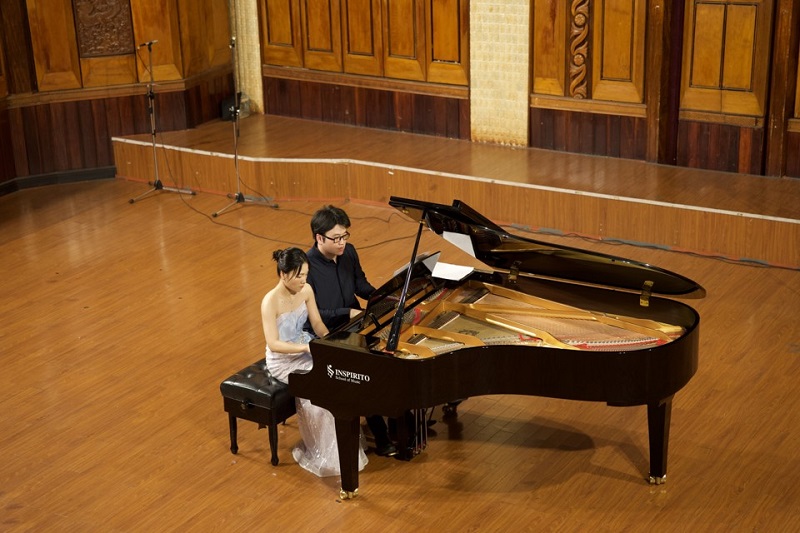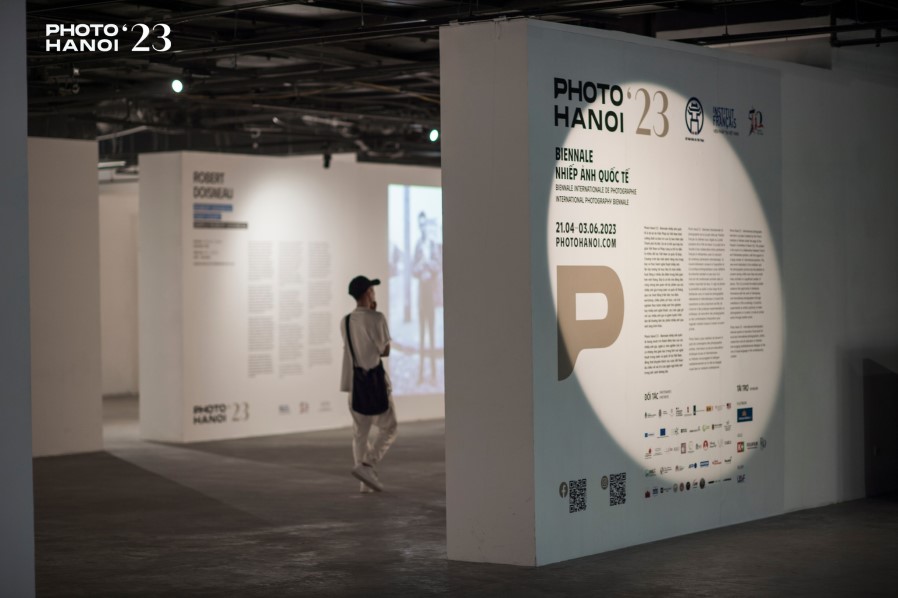Foreign perspectives on the cultural industry
Many developing countries, including Vietnam, forged their path to harness national cultural strength for human development.
As many as 50,000 spectators worldwide were swooning over K-pop tunes and screaming their heads off when their idols came on stage. That's the scene at Dream Concert, the largest K-pop event in South Korea since 1995.
K-pop is part of the Korean wave, the cultural economy that has swept practically all of Asia, including Vietnam. That’s why The Hanoi Times correspondent finds her way to Dream Concert and consults the Korean authority on the experience of cultural industry promotion.
An experience from Korean wave
The Dream Concert in May celebrated its 29th anniversary, featuring a dynamic roster of popular K-pop artists. These concerts take on greater significance because they have been held back-to-back since 1995 for a philanthropic cause.
This year, the Dream Concert is held in Busan to support the city's bid to host the 2030 World Expo. According to Moon Young Bae from Busan Tourism Organization, the influence of such a large music festival has led to an increase in the daily number of domestic and international tourists visiting Busan.
“I think the show's echo has also played a major role in making Busan a cultural tourism destination in general and a new Hallyu (Korean wave) destination specifically,” said Moon Young Bae.
| The fantasy group performs at the Dream Concert. Photo: The Hanoi Times |
The Busan Government is also capitalizing on the worldwide popularity of Korean K-Culture for the city's promotion.
“One of the strategies we have in place is to finance the production costs for the placement of Busan in the TV dramas broadcast on OTT platforms. The global release of these movies will increase people's perception of Busan,” said Moon Young Bae.
Talking to The Hanoi Times, Moon Young Bae said that Vietnam is a country with immense potential, and its recognition has become more pronounced lately. Besides tourism, more and more people are learning about Vietnamese culture and music, perhaps thanks to the success of songs like "See Tinh" by Hoang Thuy Linh, which is well-liked by young people all over the world, including in Korea.
“I believe that Vietnam can successfully develop its music and entertainment sector given these potentials. I think that in the not too distant future, Vietnam can carry its wave to reach further in the international arena, bringing many benefits to national economic development once Vietnam's entertainment industry is organized correctly,” he said.
Significant investment in culture
Peter Ferdinand Drucker (1909-2005), one of the most widely-known and influential thinkers on management, whose work continues to be used as a handbook by managers worldwide once said: "In the 21st century, the world's economic wars will be won or lost in the IT-related cultural industry, and the ultimate destination is the cultural industry."
| Pianists Luu Duc Anh (right) and Hoa Ngoc Ha (left) perform Vietnamese composer Dang Huu Phuc's "Spring" during Harmonia's June concert. Photo: Thu Hien/The Hanoi Times |
Actually, many developing countries, including Vietnam, have forged their own path to harness national cultural strength for human development, directly contributing to GDP, creating a sustainable economy that is not dependent on natural resources, and promoting national culture.
On September 8, 2016, the Strategy for Development of Vietnam's cultural industry by 2020, vision to 2030, was approved. It set the targets for the cultural industry to reach about US$ 4.6 billion in 2020 and US$ 12 billion in 2030 and assigned specific tasks to the Ministry of Culture, Sports and Tourism in coordination with other ministries to make this goal feasible.
However, Nguyen Thi Quy Phuong, a former deputy director at the Institute for Journalism and Communication Studies, says that this objective is rather modest given the enormous potential of the cultural sector.
“Culture and arts contribute more than $800 billion to US GDP each year, according to Bloomberg. That's more than construction, transportation, and agriculture," Phuong said.
In 2016, the United States had a US$ 25 billion trade surplus in culture, exporting film, television and video game copyrights. Today, the industry generates nearly $400 billion in annual wages and salaries for more than 5 million Americans. In Asia, the Korean economy benefited from Hallyu products alone to the tune of US$ 9.5 billion in 2018 and US$ 10.8 billion in 2019. A total of 17.5 million foreign tourists visited Korea in 2019, bringing in US$21.5 billion. The Korean Government expects to boost tourism earnings to $35 billion annually by 2030.
According to UNESCO, the cultural and creative industries are among the fastest-growing sectors in the world. With an estimated global annual value of US$ 4.3 trillion, the cultural sector now accounts for 6.1% of the global economy. It generates US$2,250 billion in annual revenues and nearly 30 million jobs worldwide; employing more people aged 15 to 29 than any other sector. The cultural and creative industries have become essential for inclusive economic growth, reducing inequalities, and achieving the goals set out in the 2030 Sustainable Development Agenda.
| Photo Hanoi'23 biennale causes a stir as a positive indicator of the development of the capital's cultural industry. Photo: IFV |
As for Vietnam's cultural economy, the recent Photo Hanoi’23 biennale caused a stir as a positive indicator of the development of the capital's cultural industry.
Thierry Vergon, Director of the French Institute in Vietnam, organizer of the event, said biennales are very popular to promote culture in the world. Aside from the Venice Biennale, other prominent events dedicated to photography include the Bamako Biennale in Mali, Objectifs in Singapore, Kyotographie in Japan, or Photo Phnom Penh in Cambodia.
"Let me use Kyotography as an example. It's been a significant event for ten years in Kyoto, Japan, and now attracts more people than the city's population. So you can understand how beneficial it is to the tourism business and the economy," he remarked.
Thierry Vergon recommended that Hanoi People's Committee should take up this project as its own with a sizable investment as it benefits not only photography but other fields of cultural industry.














